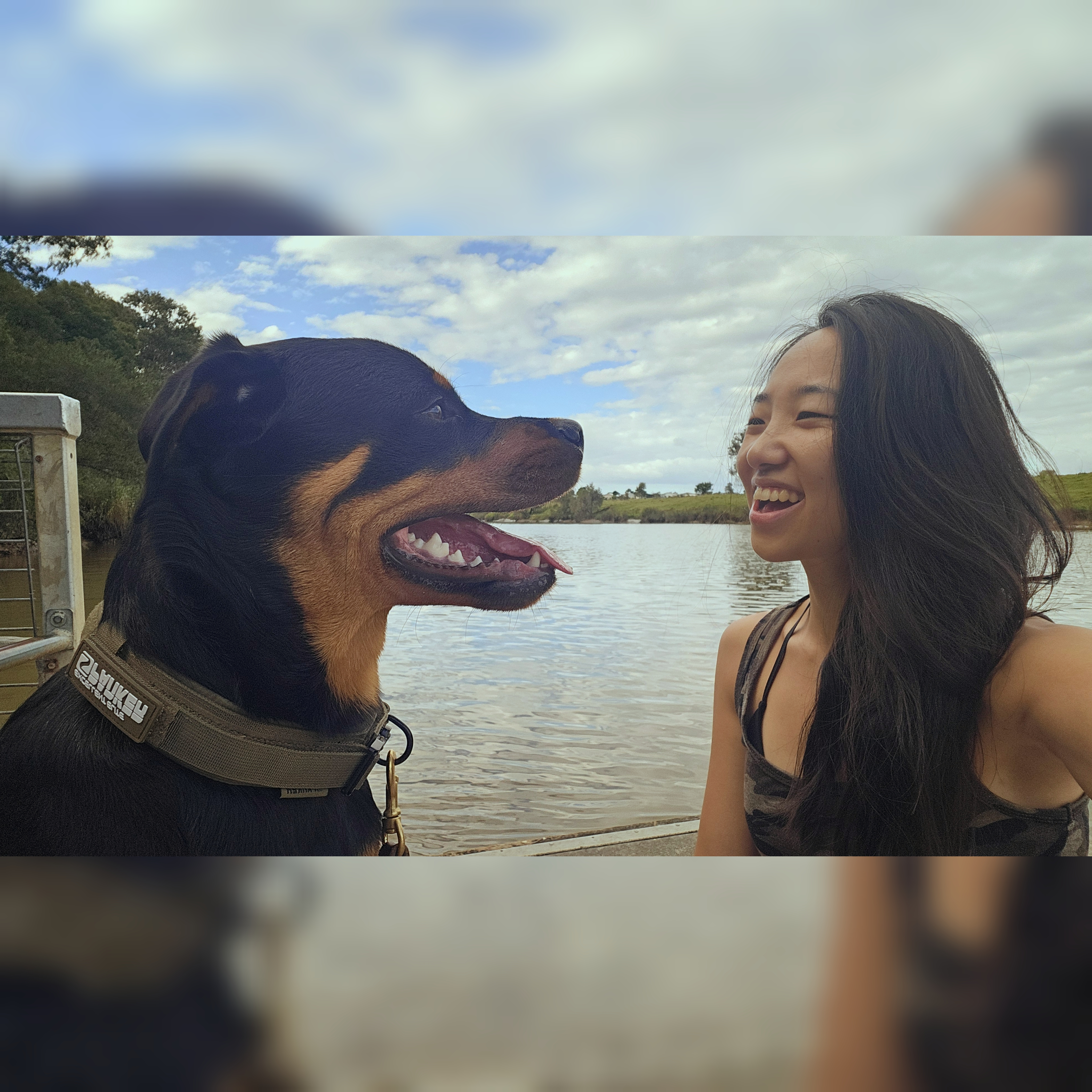I’ve had people say to me, “Think about all the good times we had. When things were good, we were great,” as if the best moments alone should justify reconsidering a broken relationship. But here’s the thing: it’s easy to be our best selves when it serves us—when we want to impress, be liked, or gain something. That’s why the honeymoon phase feels so magical. There’s intention behind it, and when there’s intention, it’s effortless to put on the mask of our best behaviour.
The real test of any relationship, however, isn’t found in the good times. It’s revealed when things get tough. The way someone shows up when shit hits the fan—that’s what truly matters.
This lesson hit home for me nearly a decade ago when a relationship I trusted fell apart. It wasn’t just the breakup itself that shook me—it was the brutality of how I was treated in the end. I became a tool for money, for convenience, and for fulfilling their needs. Looking back, I can see how the signs were there all along—behaviours that raised questions in me but never truly flagged as deal-breakers because I was blinded by the good times. My naïve self conveniently ignored the red flags because, at the time, I was still on the other side of the road, invested in the illusion of what we had.
That moment forced me to reflect on something critical: How do people show up in moments of conflict? What do they do when things no longer serve them, when they feel triggered, hurt, or uncertain? These moments are like magnifying glasses—they expose patterns, wounds, and truths that often remain hidden in the glow of good times.
When I look back, I can see how much I’ve grown by reflecting on how I’ve shown up in conflict. I’ve realised that my discomfort in tough conversations often stemmed from a fear of abandonment or rejection. In those moments, I’d show up with intensity—an anxious need to resolve the issue right away. It wasn’t aggression, but there was a forcefulness to my approach, driven by the fear that unresolved tension would lead to disconnection.
Ironically, this intensity often had the opposite effect. It would overwhelm the other person, causing them to withdraw or shut down. And when that happened, my deepest fear of abandonment would come to life. It became a vicious cycle—my attempts to protect myself through urgency and confrontation only reinforced the distance I feared, leaving me feeling even more isolated and unsure of how to move forward.
This dynamic taught me an important lesson: fear-based reactions don’t create the resolution or connection we’re seeking. Instead, they deepen the divide. I started to reflect on what I was truly looking for during those moments. Was it resolution, or was it reassurance? Did I want to resolve the conflict, or did I just want to feel safe again? The more I explored these questions, the clearer it became that my actions weren’t always aligned with my deeper desires.
With these lessons in mind, I approached my next relationship differently. I paid closer attention to how both of us showed up during conflicts. At the start of any relationship, it’s natural for boundaries to be pushed—after all, it’s through those moments that we begin to understand each other’s limits. But this time, I focused on the core qualities I valued: respect, honesty, and integrity. I wasn’t seeking perfection, but I was looking for someone who valued growth and was willing to show up with accountability and care.
And that’s how I met Shama. From the beginning, we found common ground in valuing integrity—something that we both held close and respected deeply in one another. It wasn’t about avoiding conflict but learning to navigate it in a way that felt constructive rather than destructive.
And this doesn’t mean it was all sunshine and roses. We created a safe environment between us, rooted in these shared values, that allowed us to get ugly—to confront the buried parts of ourselves that we hadn’t even realised were there until they surfaced. In those moments, we chose to show up for each other, not just as partners, but as individuals committed to our own healing and growth journeys.
Now, I see conflict as a mirror—showing me where I am in my own growth and how aligned I am with my values. If I want to build relationships that are authentic and fulfilling, I have to show up for the hard moments, not just the easy ones. And I need to expect the same from the other person.
Words can only take a relationship so far. Actions, especially in conflict, reveal the true dynamics. They show whether someone is willing to lean into discomfort, seek understanding, and work toward resolution—or whether they’re quick to blame, deflect, or shut down.
The next time conflict arises, I wonder: Am I creating space for understanding, or am I unintentionally reinforcing distance? How do my reactions reflect my deeper fears, and how might I choose differently to foster connection? Am I showing up in a way that aligns with the relationship I want to build, or am I unknowingly repeating old patterns? Perhaps the key lies in approaching conflict with curiosity rather than defensiveness, in asking myself what it would look like to create a space where both my truth and theirs can coexist—neither overshadowing the other.
This isn’t just about romantic relationships. These reflections apply to any dynamic—friendships, family, even work. At its core, it’s about navigating what we truly want and understanding how to manifest that by doing the self-work of reflecting on and realigning our behaviours and emotions.
Ready to break free from old patterns and build deeper, more meaningful connections? My 1-on-1 online sessions are designed to give you the clarity and growth you need to thrive—in life and relationships.
Schedule Your Session Today.
Book a Session
